Transparency – Guidance for Clients
Instructing Us
Our practice management teams are your first point of contact when instructing our barristers. Friendly and approachable, all the clerks have in-depth knowledge of our barristers and their specialisms, our areas of practice, and the court and arbitration process. Whether you require a single barrister or an entire team for a particular project, they will help you make the right choice. They will also arrange appointments for you, negotiate fees, and answer any queries you may have as your case progresses.
Members of Keating Chambers are all self-employed and independent practitioners. This allows two or more of our barristers to be involved in the same court case, arbitration, mediation or adjudication, on opposite sides – a common occurrence in specialist engineering and construction cases. It also occasionally happens that the appointed arbitrator practises from the same chambers as one or more of the advocates. Members of Keating Chambers and our clerking team are well-versed to handle this situation and stringent provisions are put in place in such cases to ensure that confidentiality is protected at all times.
Our members are all regulated directly by the Bar Standards Board (BSB). The Barristers’ Register, which may be found here on the BSB’s website, is an online database which displays details of all barristers who are authorised to practise in England and Wales and who hold a current practising certificate. The Register displays the dates for which a barrister’s practising certificate is valid.
The rules governing access to the services provided by barristers has changed dramatically in recent years which means that members of Keating Chambers can accept instructions from clients in a number of different ways.
We would like to invite the following individuals to contact us if you are interested in instructing a barrister:
- Professionals – Solicitors or other practicing lawyers;
- Licensed access – Authorised licensed access clients are those persons and organisations and/or their members and/or their or their members’ employees (as the case may be) who have from time to time been approved as such by the Bar Standards Board. See Bar Standards document on licensed access regulations.
- Public access – Members of the public who need legal services within one of our specialised areas and wish to instruct a barrister under the Public Access scheme. Further details are available in on the Bar Standards Board’s website.
Once we have had an initial discussion, received all documentation and assessed whether this is something we can assist you with, we will be able to provide you with an estimate (if requested to do so). This will be based on the work we currently think is involved looking at the documentation provided but is subject to change.
Fees
The barristers’ fees will be calculated as agreed between Keating Chambers and the individual in a variety of ways depending on the case. When assessing the appropriate level of fees, we take into consideration the importance of the case, the complexity, the volume of documentation, the skill and specialised knowledge of the barrister and the responsibility involved. Our most common pricing models are hourly rates, fixed fee or brief fee and refreshers. Brief fees are to be agreed in advance of work commencing in relation to a hearing or other similar period of commitment and a refresher is a fixed fee for each subsequent day of the hearing. Fees will include VAT where applicable.
Timescales
If requested to do so, the barrister shall provide the individual with an estimated timeline of when the barrister can deal with the work. There are many factors which will need to be considered when estimating when the barrister can carry out certain legal services. Please see factors below:
- The availability of the barrister.
- The availability of the client.
- Complexity of the case.
- Amount of papers.
- The need for additional information or documents.
- The approach taken by the other side.
- Third party intervention.
- Court waiting times.
Accessibility
If you would prefer to receive the information from our website in an alternative format, please click here to contact a member of the Practice Management Team.


